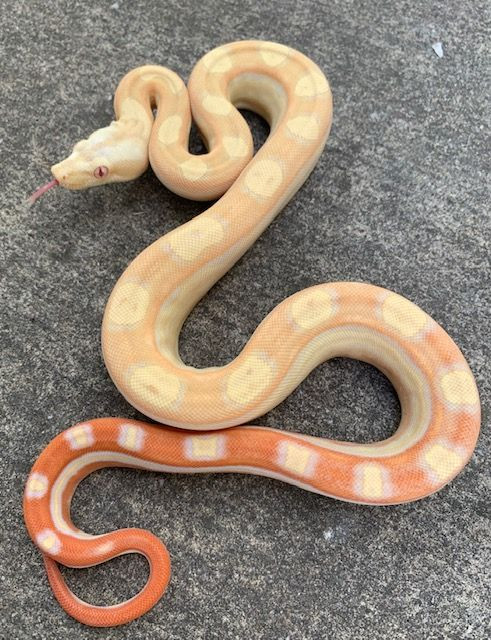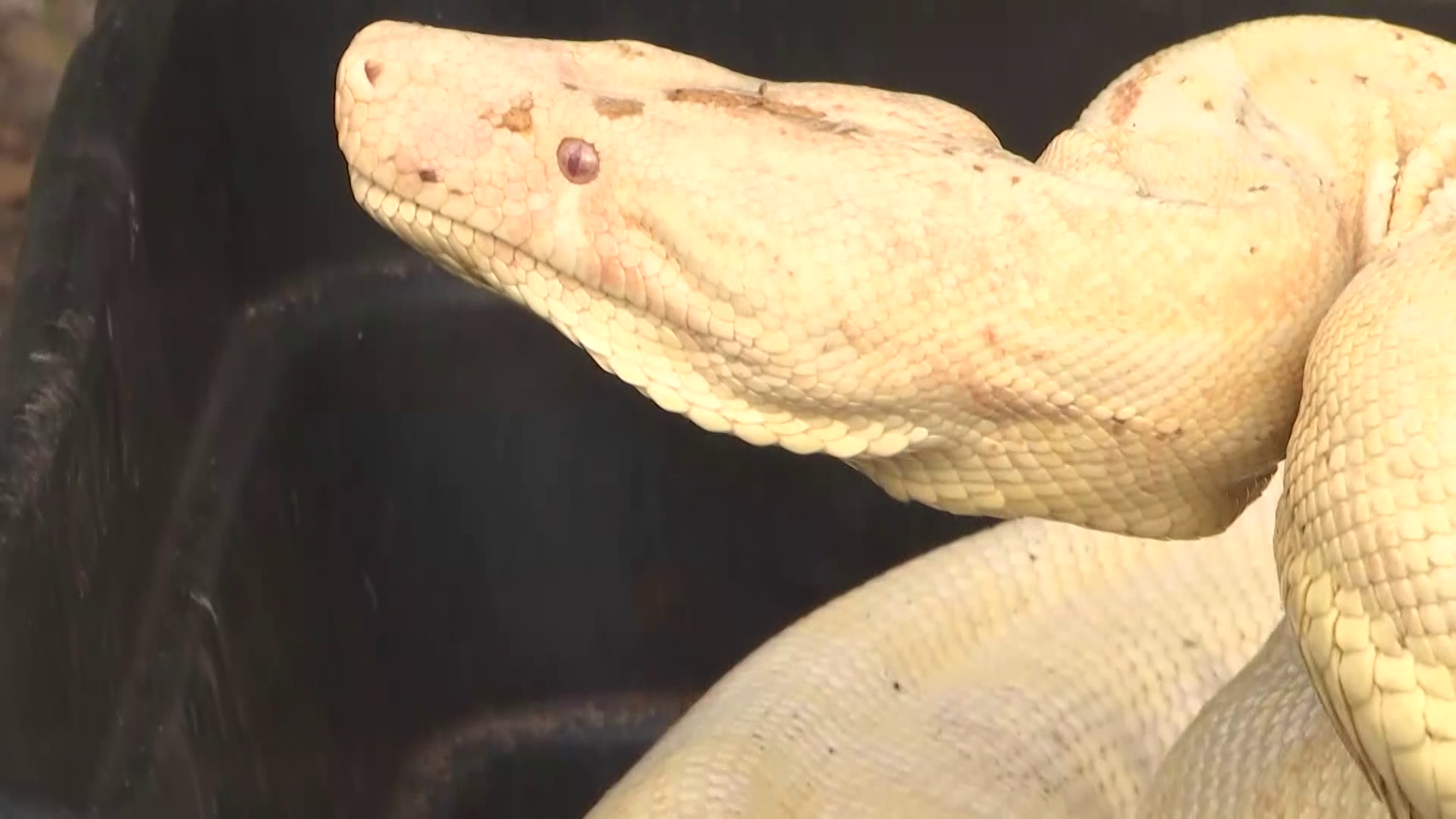

Argentine boa (Boa constrictor occidentalis), native to Argentina and Paraguay.Dominican clouded boa, (Boa constrictor nebulosa), native to the island of Dominica.Ecuadorian black-bellied boa (Boa constrictor melanogaster), native to Ecuador.Tumbes Peru boa or Peruvian long-tail boa (Boa constrictor longicauda), native only to the Tumbes region of Peru.Amaral’s boa (Boa constrictor amarali), native to Bolivia and some parts of Brazil and Paraguay.

These are confined to specific geographic locations, and not much has been scientifically documented about them. Lesser-Known Boa ConstrictorsĪs well as the two main species of boa constrictor, there are eight species (and many subspecies) of lesser-known boa constrictor. Normal-colored common boas can sell for as little as $75 each. Pet stores often stock Boa constrictor imperators and mislabel them as red-tailed boas, either out of ignorance or to attach a higher price tag. If you’re searching for boa constrictors online, Boa constrictor imperators are mainly what you will find. They have also been selectively bred for unique colors and patterns, known as “morphs.” They are very similar to true red-tailed boas, with some noticeable physical differences, which we will examine shortly.īoa constrictor imperators are the most popular boa bred and kept in the pet trade. They are the most widespread subspecies of boa constrictor, occurring in most of Central America, the south of Mexico, parts of South America, and many small islands surrounding Central America (such as the Corn Islands).

We’ll be referring to them as Boa constrictor imperator as this is how they have been taxonomized, and how they are still referred to in the pet trade.

This is because there is some debate between herpetologists as to whether they should be categorized as a subspecies of Boa constrictor, or a separate species altogether. Boa Constrictor Imperator: the “Common Boa”īoa constrictor imperator is also referred to as Boa imperator. When they do go up for sale, they are usually at least $200-$300 each. The “true” is added in to distinguish them from common boas (Boa constrictor imperator), which are often erroneously advertised as “red-tailed boas” although they are a separate species.īoa constrictor constrictors are elusive and sought-after in the pet trade. Though they are the archetypal boa constrictor, they are less widespread than Boa constrictor imperator.īoa constrictor constrictors are often nicknamed “true red-tailed boas,” due to the very vivid red markings on their tails. They are found commonly across the northern parts of South America, including Brazil, Guyana, Suriname, Venezuela, and Peru. The “original” boa constrictor, first described and defined in scientific literature, is the nominate species Boa constrictor constrictor. Boa Constrictor Constrictor: the “True” Red-Tailed Boa Let’s take a brief look at the different subspecies and what distinguishes them from each other. There are 10 subspecies of the boa constrictor. Though they are often feared as dangerous, man-eating snakes, they usually do not grow large enough to prey upon humans.īoa constrictor-related incidents, according to the Humane Society, usually involve very large specimens attacking young children. These saddles become larger and rounder on the tail, giving them the appearance of having a red tail.īoa constrictors mainly hunt small mammals and birds, and occasionally reptiles such as lizards. Wild-type or “normal” boa constrictors are a cream to light brown in color, with a number of reddish-brown saddles along their bodies. They can reside in rainforests, woodlands, and semi-arid areas. Boa constrictors live exclusively in tropical areas where temperatures are high. One specimen, identified in the zoological journal Spixiana, was at least 14 feet long. Captive snakes tend to grow larger than wild ones, and females tend to be bigger than males. Boa constrictors are a large snake that often grows to 10 feet long, or much longer. The geographical range of the boa constrictor extends from the southern parts of Mexico, in North America, down to Argentina in South America. They are famous for their method of killing prey: constricting animals until they die from restricted blood flow. 1.4.5 Head Shape What Are Boa Constrictors?īoa constrictors are a large, non-venomous snake native to the Americas.


 0 kommentar(er)
0 kommentar(er)
